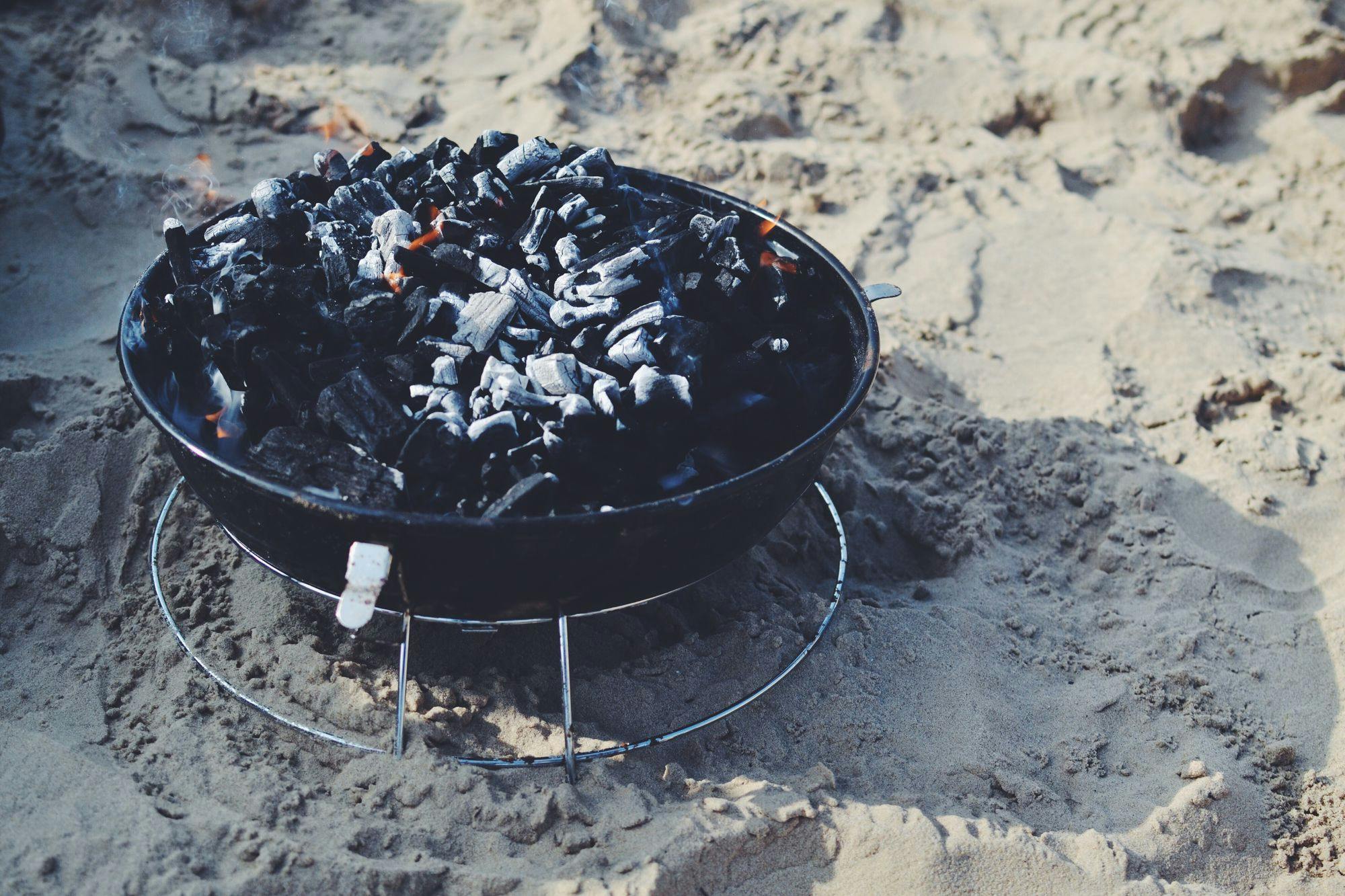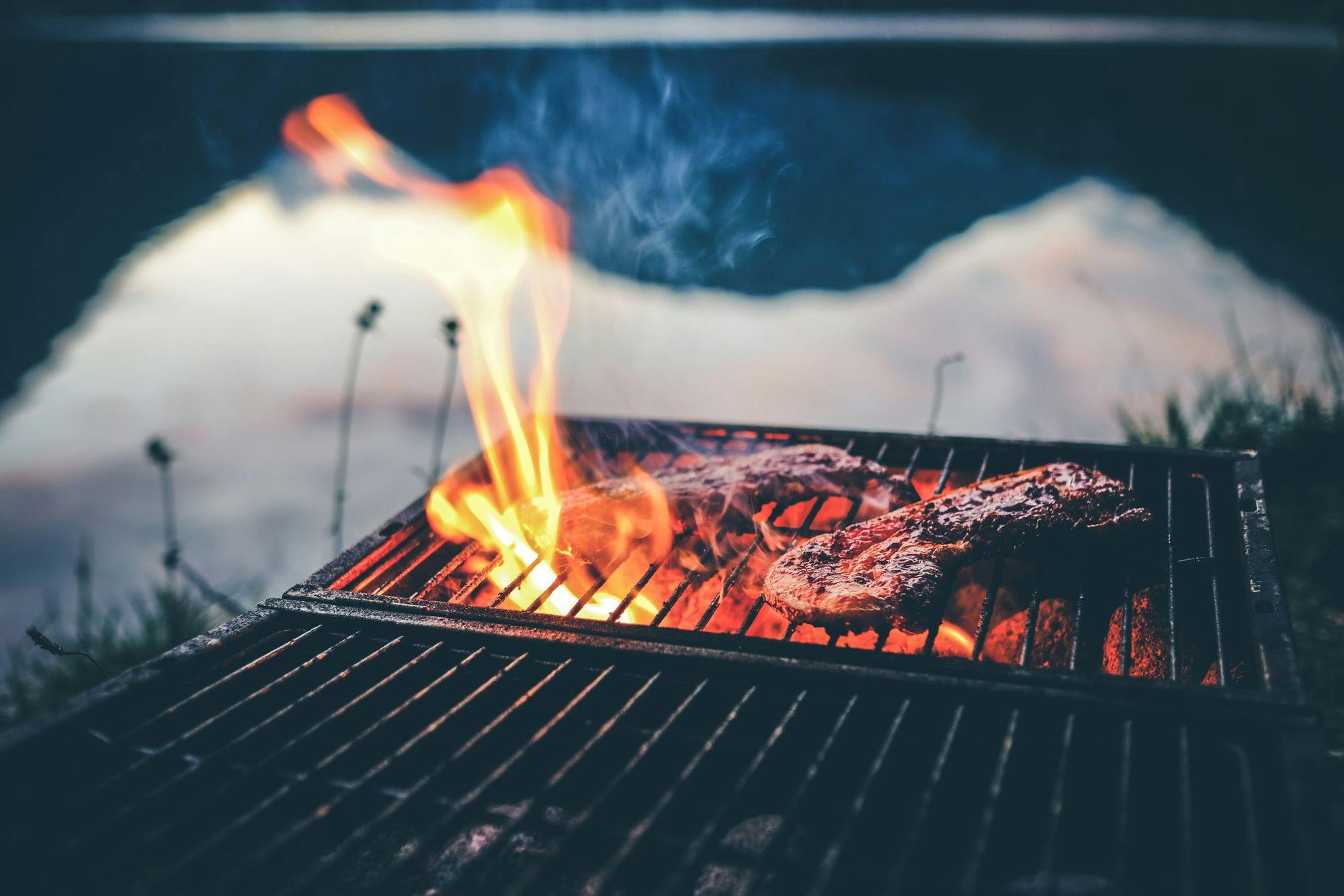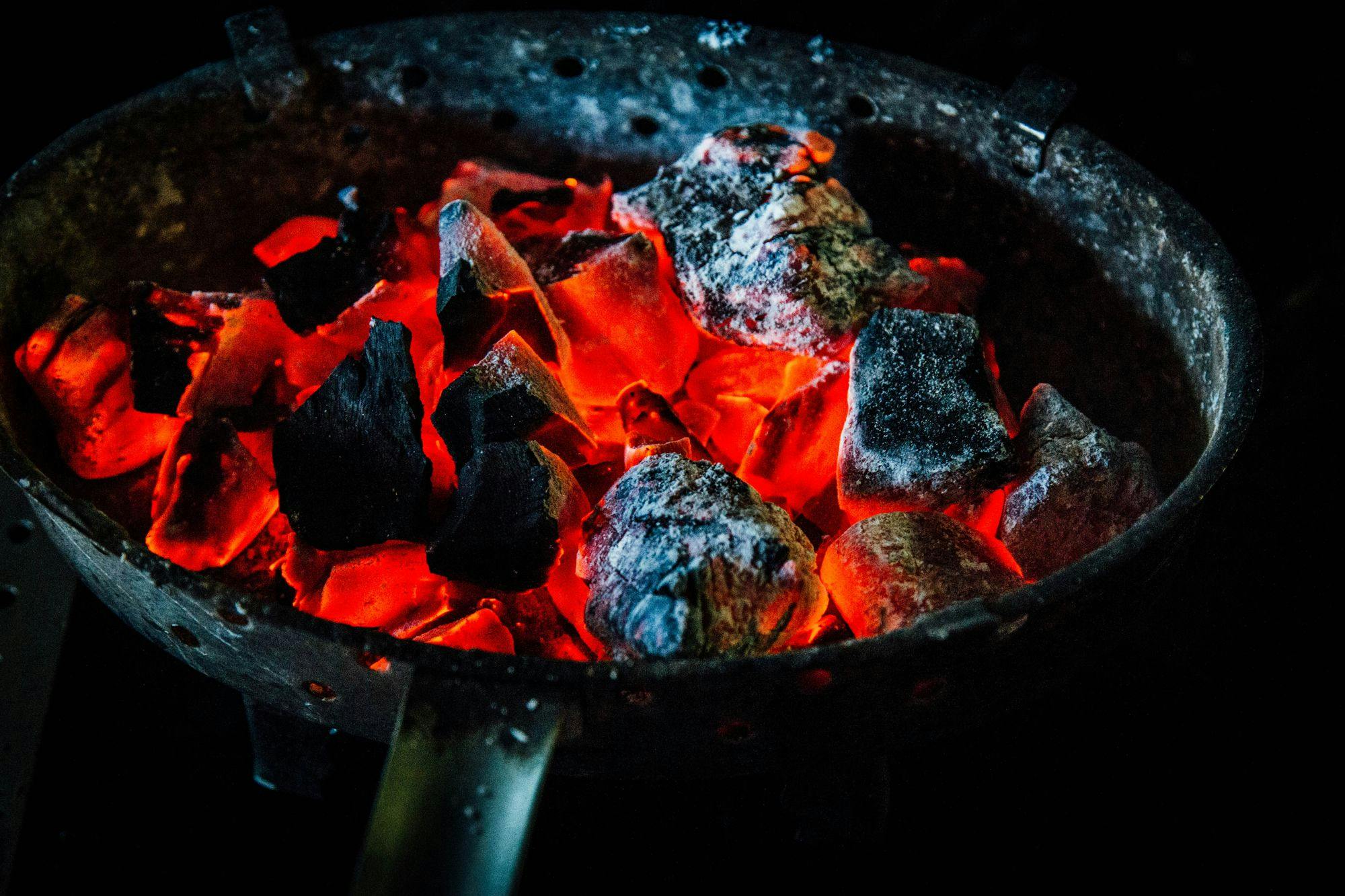Introduction
Unlocking the treasure of Nadia recipes is like stepping into a world of culinary delights. These recipes, handed down through generations, are cherished for their unique flavors and cultural significance. To preserve these precious recipes and ensure their longevity, the art of canning becomes essential. In this comprehensive guide, we will explore the benefits of canning, the selection criteria for choosing the right ingredients, and the step-by-step process of canning Nadia recipes. Get ready to embark on a journey to savor the flavors of Nadia recipes for years to come.
The Benefits of Canning
Canning is a time-honored technique that offers numerous benefits, making it a popular method for preserving food. One of the primary advantages of canning is the retention of nutritional value and flavor. By canning Nadia recipes, you can capture the essence of fresh ingredients and enjoy their flavors throughout the year. The process of canning locks in the vitamins, minerals, and natural goodness, ensuring that the recipes remain nutritious and delicious.
In addition to preserving nutritional value, canning also extends the shelf life of the recipes, reducing food waste. With properly canned Nadia recipes, you can store them for months or even years without compromising their taste or quality. This is especially useful for seasonal ingredients that may not be available year-round. By canning the recipes during peak season, you can enjoy them in the off-season, minimizing food waste and maximizing the use of fresh produce.
Another advantage of canning is the convenience and accessibility it offers. Once the Nadia recipes are canned and sealed, they become conveniently packaged and ready to use whenever you desire. This eliminates the need for frequent grocery shopping or relying on store-bought canned goods. With a well-stocked pantry of homemade canned Nadia recipes, you can easily whip up a delicious meal or snack at any time, without compromising on taste or quality.
Selection Criteria for Canning
To ensure the best results when canning Nadia recipes, it is important to carefully select the right ingredients. Freshness and quality are key factors to consider. Choose the freshest, ripest fruits and vegetables for your recipes to ensure optimal flavor and texture. Avoid using overripe or damaged produce, as they may affect the quality of the final canned goods.
Seasonality is another important aspect to consider when selecting ingredients for canning Nadia recipes. Seasonal produce tends to be more flavorful and abundant, making it an ideal choice for canning. By choosing ingredients that are in season, you can capture the essence of that particular time of year and enjoy the flavors even when the season has passed.
In addition to ingredients, having the right equipment and tools is crucial for successful canning. Some essential items include jars, lids, and bands for sealing the recipes. It is important to use canning-specific jars that are designed to withstand the heat and pressure of the canning process. Lids and bands should be new and in good condition to ensure a proper seal.
A canning pot or pressure canner is also necessary for processing the jars. The choice between a canning pot or pressure canner depends on the recipe and the type of food being canned. Canning pots are suitable for high-acid foods, while pressure canners are used for low-acid foods that require higher temperatures for safe preservation.
Finally, having the right utensils for preparation and processing is essential. These may include a canning funnel for easily transferring the recipes into jars, a bubble remover for removing air bubbles, and a jar lifter for safely handling hot jars during processing. Having these tools on hand will make the canning process more efficient and enjoyable.
The Treasure of Nadia Recipes: A Detailed Canning Recipe
The treasure of Nadia recipes offers a wide array of flavors and dishes to explore. From aromatic chutneys to savory pickles, there is something for everyone to enjoy. When selecting a Nadia recipe for canning, it is important to consider its suitability for preservation. Certain recipes may not be ideal for canning due to their ingredients or preparation methods. Choose recipes that have ingredients that are stable and can withstand the canning process without compromising their texture or flavor.
Once you have selected a suitable Nadia recipe, it's time to dive into the step-by-step canning process. Here is a general guide to help you get started:
Preparing the ingredients: Begin by washing and prepping the ingredients according to the recipe. Peel, chop, or slice the fruits or vegetables as required. It's important to follow the recipe's instructions for ingredient preparation to ensure the best results.
Sterilizing jars and lids: Properly sterilizing the canning jars and lids is crucial for preventing spoilage and ensuring food safety. Wash the jars and lids in hot, soapy water, then rinse them thoroughly. Place the jars in a large pot of boiling water, making sure they are fully submerged. Boil the jars for at least 10 minutes to sterilize them. In a separate pot, simmer the lids to soften the sealing compound. Keep the jars and lids warm until ready to use.
Filling and sealing the jars: Carefully ladle the prepared Nadia recipe into the sterilized jars, leaving the recommended headspace as indicated in the recipe. Use a canning funnel to prevent spills and ensure a clean jar rim. Wipe the rim of each jar with a clean, damp cloth to remove any food particles or residue. Place a lid on each jar and secure it with a band, tightening it just until it is snug.
Processing the jars in a water bath or pressure canner: The processing method depends on the recipe and the acidity of the ingredients. High-acid recipes can be safely processed in a water bath canner, while low-acid recipes require a pressure canner. Follow the recipe's instructions for processing times and temperatures.
Cooling and storing the canned goods: Once the processing time is complete, carefully remove the jars from the canner using a jar lifter. Place them on a towel-lined countertop or cutting board and let them cool undisturbed for 12 to 24 hours. As the jars cool, you may hear a popping sound, indicating that the lids are properly sealed. After cooling, check the seals by pressing on the center of each lid. If it does not flex or move, the jar is properly sealed. Store the sealed jars in a cool, dark place for best results.
By following these steps, you can successfully can your favorite Nadia recipes, preserving their flavors and ensuring their longevity.
Pitfalls to Watch Out for in Canning
While the canning process is relatively straightforward, there are some common pitfalls to watch out for. By being aware of these potential issues, you can avoid them and achieve the best results with your canned Nadia recipes.
One of the most common mistakes in canning is inadequate sterilization, which can lead to spoilage and foodborne illnesses. It is important to thoroughly clean and sterilize the jars and lids before filling them with the recipes. Follow the recommended sterilization methods and processing times to ensure that harmful bacteria and microorganisms are destroyed.
Another common mistake is incorrect processing times and temperatures. Each recipe has specific processing requirements based on the type of food being canned and its acidity level. It is crucial to follow the recipe's instructions carefully to ensure that the recipes are safely preserved. Underprocessing can result in the growth of harmful bacteria, while overprocessing can lead to overcooked and mushy recipes.
Improper sealing is another pitfall to watch out for. If the jars are not properly sealed, the canned goods may spoil or become unsafe to consume. After the jars have cooled, check the seals by pressing on the center of each lid. If the lid flexes or moves, it indicates a poor seal. In such cases, the jar should be refrigerated and consumed within a few days or reprocessed using a new lid.
Troubleshooting Tips for Common Canning Issues
Despite our best efforts, canning issues can still arise. Here are some troubleshooting tips for common canning problems:
Identifying signs of spoilage or botulism: If a canned Nadia recipe shows signs of spoilage, such as mold growth, off odors, or bulging lids, it is best to discard the jar. These are indicators of bacterial growth and can pose serious health risks. Signs of botulism, such as gas bubbles, cloudiness, or unusual discoloration, should also be taken seriously. Botulism is a rare but dangerous form of food poisoning that requires immediate medical attention.
Adjusting recipes for altitude and regional variations: Altitude can affect the processing times and temperatures needed for safe canning. As altitude increases, the boiling point of water decreases, which can
About Erika Oliver
Erika Oliver is a passionate writer, community advocate, and culinary enthusiast dedicated to bringing people together through the art of barbecue and neighborhood connections. With a profound love for both food and community, Erika has become an influential voice in promoting the joy of gathering around the grill and fostering a sense of belonging among neighbors.



